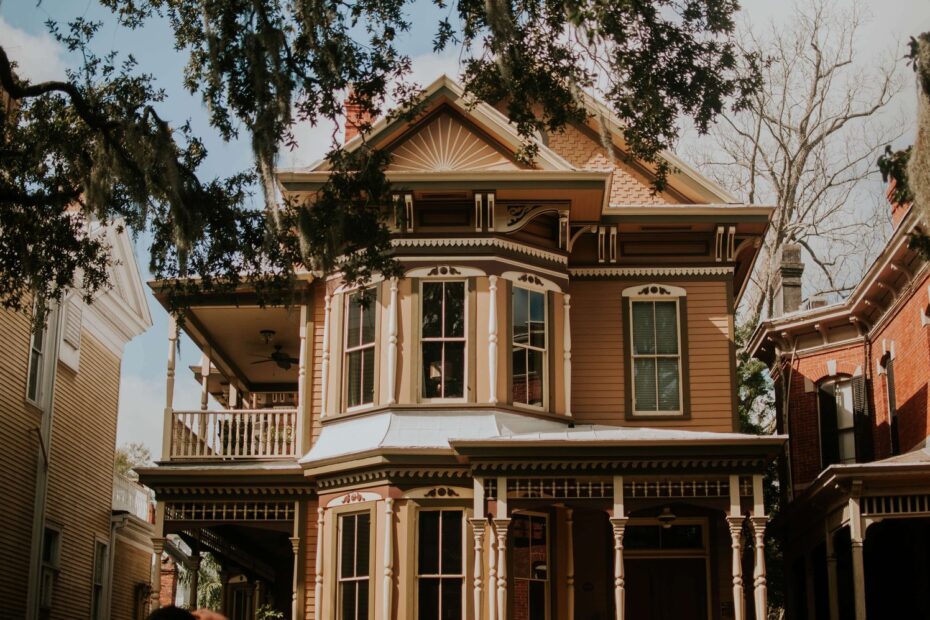Designing spaces that stand the test of time requires careful consideration of both architectural and interior elements. By incorporating timeless principles and avoiding fleeting trends, you can create designs that remain relevant and appealing for years to come. Here are eight tips for achieving timeless designs and architectural and interior design longevity:
1. Prioritize Quality Over Trends
Focus on selecting high-quality materials, finishes, and furnishings that are built to last. Avoid overly trendy or gimmicky elements that may quickly become outdated. Invest in timeless pieces that have enduring appeal and craftsmanship, ensuring that your design retains its beauty and functionality over time.
2. Embrace Simplicity and Elegance
Simplicity and elegance are hallmarks of timeless design. Strive for clean lines, uncluttered spaces, and understated sophistication in both architectural and interior elements. Avoid excessive ornamentation or overly elaborate details that may feel dated or overwhelming in the long run.
3. Opt for Neutral Color Palettes
Neutral color palettes are inherently versatile and timeless, making them an ideal choice for both architectural finishes and interior decor. Stick to timeless hues such as whites, grays, beiges, and soft earth tones that provide a neutral backdrop for any style or aesthetic. Introduce pops of color through accents and accessories that can be easily updated as trends evolve.
4. Incorporate Classic Architectural Elements
Integrate classic architectural elements such as arches, columns, and moldings that have stood the test of time. These timeless features add character, sophistication, and architectural interest to any space, regardless of its style or era. Balance traditional elements with modern touches for a timeless yet contemporary aesthetic.
5. Design for Functionality and Comfort
Prioritize functionality and comfort in your architectural and interior design decisions. Create spaces that are efficient, ergonomic, and conducive to the needs and activities of their users. Incorporate durable materials, flexible layouts, and ergonomic furnishings that enhance usability and promote long-term enjoyment of the space.
6. Balance Natural and Artificial Lighting
Lighting plays a crucial role in creating ambiance, highlighting architectural features, and enhancing the overall atmosphere of a space. Balance natural and artificial lighting sources to create a well-lit environment that is both functional and inviting. Incorporate ample windows, skylights, and light wells to maximize natural light, supplemented by strategically placed fixtures for added brightness and warmth.
7. Pay Attention to Scale and Proportion
Maintain proper scale and proportion throughout your design to ensure visual harmony and balance. Avoid oversized or undersized architectural elements, furnishings, and decor that can disrupt the overall aesthetic and functionality of the space. Pay careful attention to the relationship between different elements to create a cohesive and well-proportioned design.
More on INJ Architects:
7 Essential Design Software Tools Every Architect Should Be Using
